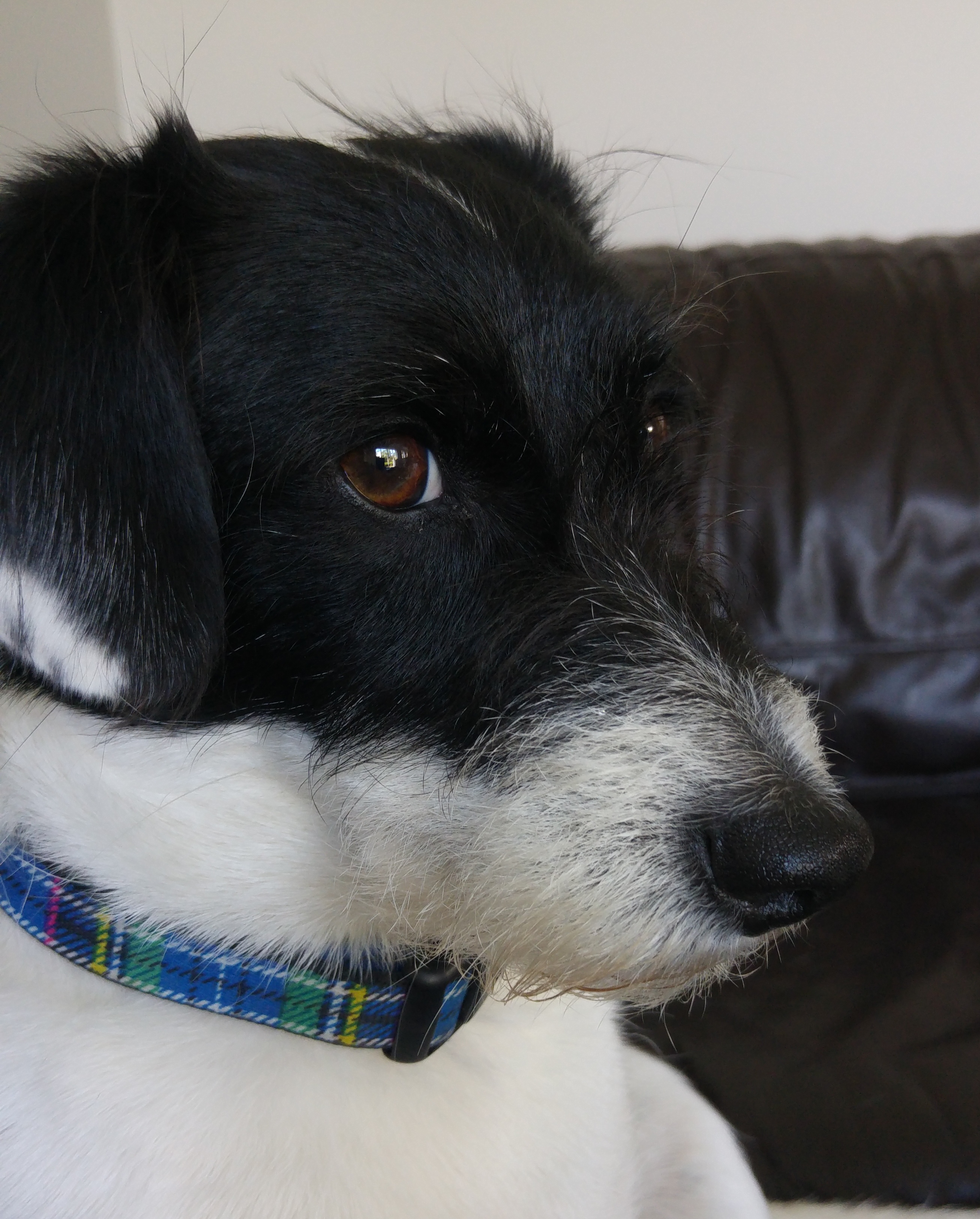Another anaphylactic shock dog
This is my own dog -I’m feeling able to write this now that he’s recovered fully. As previously discussed anaphylaxis is a phenomenon which can be difficult to document definitively. However, like the last case which I wrote up a few weeks back this involved a previously 100% healthy dog with a wasp/bee chasing habit who became acutely recumbent with mucous membrane pallor and hypotensive (SBP <80 mmHg) with no other apparent cause. After intravenous fluids and corticosteroids he made a full recovery within 24 hours thanks to everybody who looked after him a Yorkshire Vets!
Typically, I was away at the time. Ultrasonography in the first couple of hours again showed a small abdominal effusion and pancreatic oedema (no evidence of hyperechoic peripancreatic fat). Routine haematology and biochemistry were unremarkable.
I scanned him 12 hours after onset of signs. At that point the effusion had resolved but he exhibited the same thickening of the portal vein wall as the previous case.

Longitudinal plane view of the portal vein: wall thickness is about 1mm.
This is the portal vein in its full glory:

Unsurprisingly, the gallbladder wall is thickened -as might be expected in any systemic inflammatory reaction or with portal hypertension.

Anaphylaxis appears to be associated with pre-sinusoidal venous constriction -causing portal hypertension.
http://www.ncbi.nlm.nih.gov/pubmed/19573539
Portal hypertension is a documented cause of gallbladder wall thickening:
http://www.ncbi.nlm.nih.gov/pubmed/2268760
I’ve been having a more critical look at portal vein walls since these events and thus far I suspect that this thickening is relatively specific to anaphylaxis in dogs.

maybe just one more biscuit would help full recovery…….???






You lost me after Yorkshire Vets, however I found your post fascinating. My neighbor’s dog gets reactions from stings, not as bad as that, though. Glad the little guy is ok!